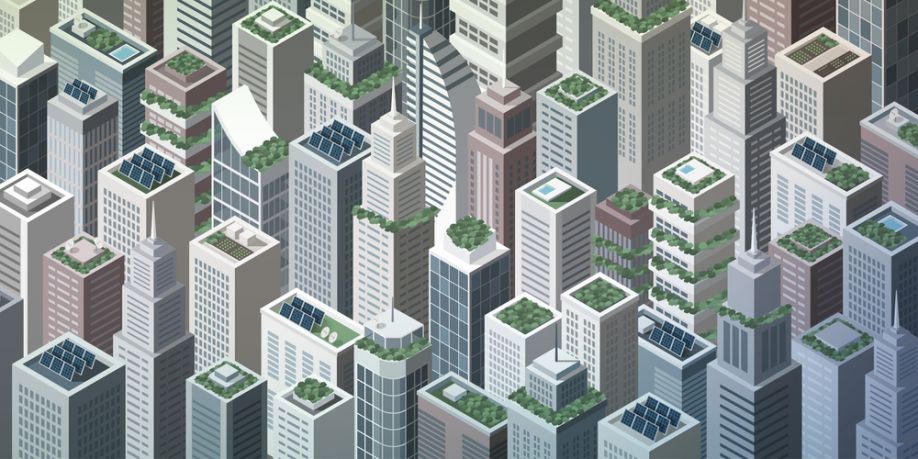How Hydroponics May Be Essential for Urban Agriculture

Traditionally, agriculture is reserved for rural areas. With each crop grown, gallons of water irrigate the soil to ensure high yields and plant growth. While this farming method still dominates the agricultural industry, new — and possibly improved — practices continue to develop.
Two of these practices include hydroponics and urban agriculture. Each of these innovations aims to give people peace of mind as worries rise that the growing human population won’t be able to adequately feed itself in the coming years.
What Is Urban Agriculture?
Moving farming from vast expanses of land to urban settings sounds like no easy feat. How can enough plants grow to feed large populations in a limited space? Instead of taking down skyscrapers, urban farmers use their vertical nature to their advantage.
Urban agriculture is not a new concept. During World War II, Americans grew victory gardens in small plots in populated areas. Today, typical city plots include vegetables, fruits, herbs and flowers. There are a few options for urban gardening, which include:
- Private outdoor gardens on rooftops, patios or yards
- Community gardens in empty lots or fields
- Private indoor gardens on windowsills or countertops
- Indoor community gardens in vertical greenhouses
Urban agriculture has provided fresh produce for communities, and it’s a sustainable solution to the growing food crisis.
What Are Hydroponics?
There’s a way to grow plants without soil, and it’s called hydroponics. Plants can grow in a nutrient-rich, water-based solution. Although they rely on water, it’s more efficient than vegetation grown in soil because most of it is captured and recycled.
There are multiple approaches when it comes to farming with hydroponics, but the results are the same. As far as urban agriculture is concerned, hydroponics could be an essential asset to grow food in highly populated areas, especially since access to good soil and water is limited.
Combining Hydroponics and Urban Agriculture
As the population continues to grow, those living in urban areas are concerned about access to fresh produce that’s also sustainable. Fortunately, hydroponics makes it possible and easier to provide food in those regions.
A greater number of people means there will need to be an increase in homes and residential buildings, as well as a need for more food production and water supplies. This could result in a need for land use to provide people with shelter, which may take away from traditional agriculture.
One method of hydroponic farming includes the construction of tall buildings dedicated to growing food with water. Hydroponics makes better use of space because there is no soil needed. In these buildings, racks of plants are stacked on top of each other, with water irrigation systems running beneath.
Additionally, as developing technology with hydroponics improves, less water will be needed to grow vegetables. This is a great way to conserve this precious resource.
Another concern for those living in urban areas is that they don’t have access to fresh produce. Usually, food must travel thousands of miles to go from the farm to a plate. With hydroponics used in urban agriculture, residents can have fresher fruits and vegetables. Since hydroponic structures are in a controlled environment, they would be available year-round.
The Future of Urban Agriculture
In the coming years, hydroponics may be essential for urban agriculture. As the population grows and water scarcity becomes more of an issue, the only solution to produce fresh produce will likely be hydroponic urban farms. It’s vital for the farming industry to adapt to changing times and the needs of a growing population, and this may be the solution.
Comments (0)
This post does not have any comments. Be the first to leave a comment below.
Featured Product

